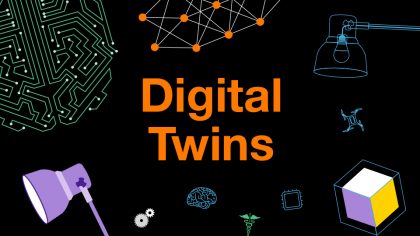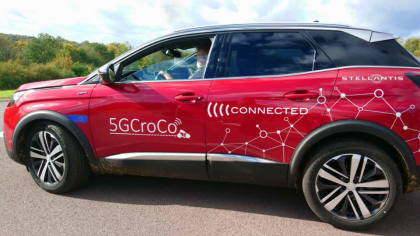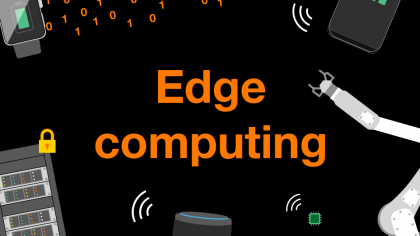Using AI to Predict Diseases in Olive Groves
The agricultural sector is set to implement AI (artificial intelligence) in many use cases, with a range of different approaches and goals. Orange’s 3A project combines on-the-ground visuals, remote sensing via satellites, and AI, with a view to optimizing how diseases in olive groves in Tunisia are identified, diagnosed and monitored.
Read the article






